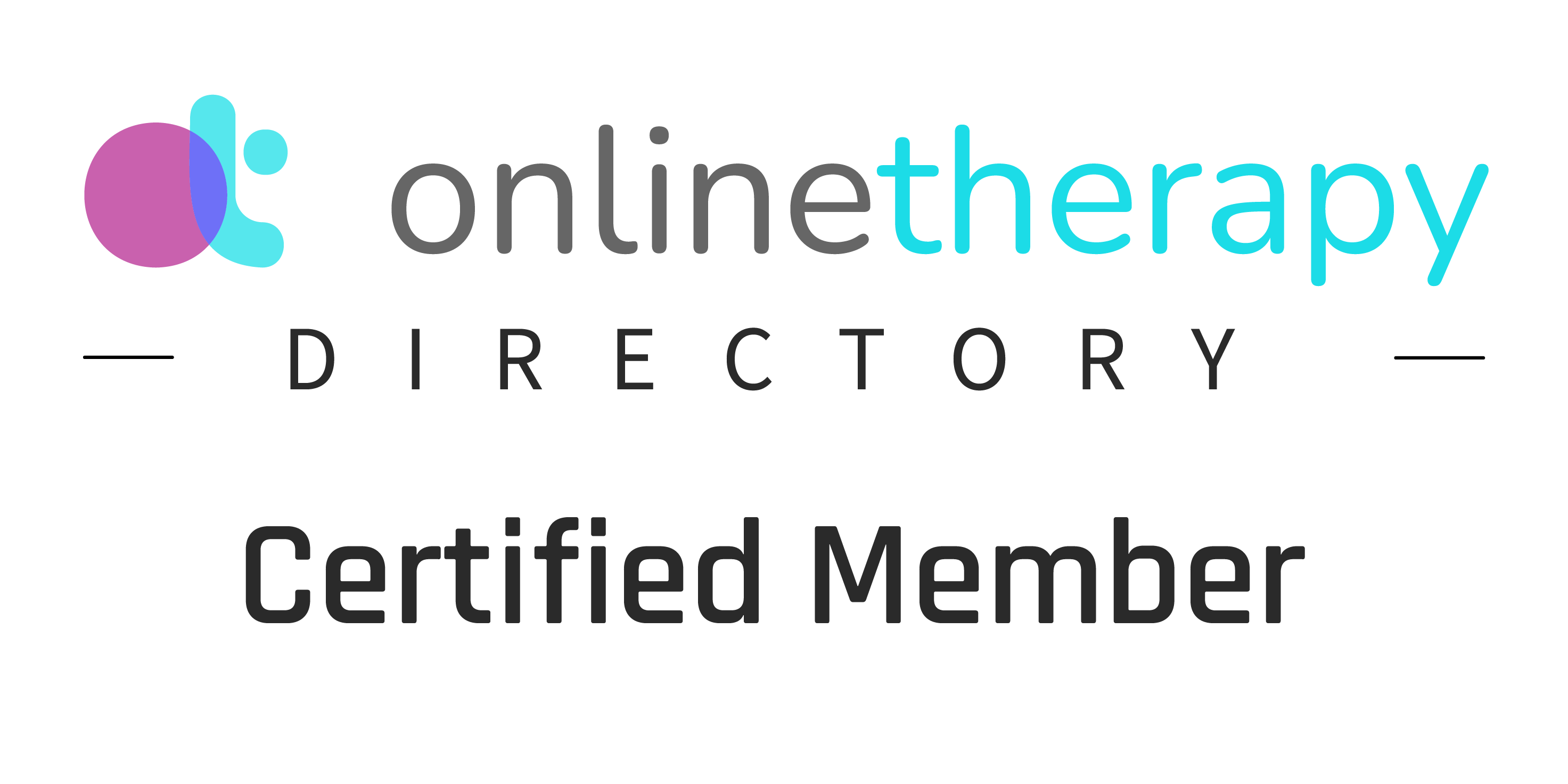Healing Through Movement: The Connection Between Trauma Recovery and Yoga
Welcome back to Pathways to Wellness: Insights from Francesca Wehr, LCSW. Today's post will explore the connection between trauma recovery and the practice of yoga. Trauma can have long-lasting effects on our mental, emotional, and physical well-being, and finding effective ways to heal is vital. In recent years, yoga has gained recognition as a complementary approach to traditional trauma therapy, offering a holistic path to recovery and self-discovery.
Understanding Trauma and Its Effects
Trauma can result from any event or series of events that overwhelms an individual's ability to cope, leading to feelings of helplessness, fear, and disconnection. The impact of trauma can manifest in various ways, such as anxiety, depression, PTSD, and even physical symptoms like chronic pain or tension.
The Role of Yoga in Trauma Recovery
Yoga, a mind-body practice that combines physical postures, breath control, and meditation, has been found to offer several benefits for individuals recovering from trauma:
Reconnecting with the body: Trauma can lead to disconnection from one's body, as a way of coping with overwhelming experiences. Yoga provides a safe space to explore and rebuild the connection with one's body, cultivating self-awareness and self-compassion.
Regulating the nervous system: Trauma can disrupt the balance of the nervous system, causing a heightened stress response. Yoga's focus on breath control and relaxation techniques can help regulate the nervous system and promote a sense of calm and equilibrium.
Building resilience: The physical challenges of yoga postures can help build mental and emotional resilience, as individuals learn to face discomfort and find their inner strength.
Cultivating mindfulness: Yoga's emphasis on mindfulness and present-moment awareness can help individuals become more attuned to their emotions, thoughts, and bodily sensations, enabling them to better process and integrate traumatic experiences.
Fostering a sense of community: Group yoga classes can create a sense of belonging and support, helping individuals feel less isolated in their trauma recovery journey.
Finding the Right Yoga Practice for Trauma Recovery
When seeking a yoga practice to support trauma recovery, consider the following:
Trauma-sensitive yoga: Look for yoga classes or instructors who specialize in trauma-sensitive yoga. These classes are specifically designed to create a safe, supportive environment that respects the unique needs of trauma survivors.
Start slowly: Begin with gentle yoga styles, such as restorative or yin yoga, before progressing to more challenging practices. This allows you to build a solid foundation and gradually develop physical and emotional strength.
Prioritize self-care: Remember that yoga should be an enjoyable and nurturing experience. Listen to your body and respect your limits, taking breaks or modifying poses as needed.
Seek professional guidance: Consult with a mental health professional, such as a licensed clinical social worker, to discuss whether incorporating yoga into your trauma recovery plan is appropriate for your unique circumstances.
Yoga can be a valuable tool in the journey toward healing from trauma, offering a holistic approach that fosters self-awareness, resilience, and emotional well-being. If you're interested in exploring yoga as a part of your trauma recovery journey, Francesca Wehr LCSW Mental Health Counseling is here to provide guidance and support.













